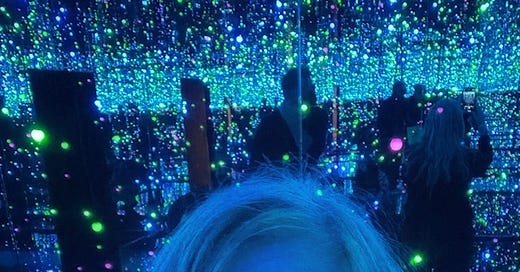At least once a month, someone reminds me of the experiment I once did, and wrote about in my memoir. Then, I wanted to follow my wants. Every day I practiced sitting in a chair until I knew what I wanted. When that became clear, I tried to fulfill that want. I got up to make myself a sandwich. I went for long walks. I said no a lot. There were roadbloc…
Keep reading with a 7-day free trial
Subscribe to Wanderland to keep reading this post and get 7 days of free access to the full post archives.



